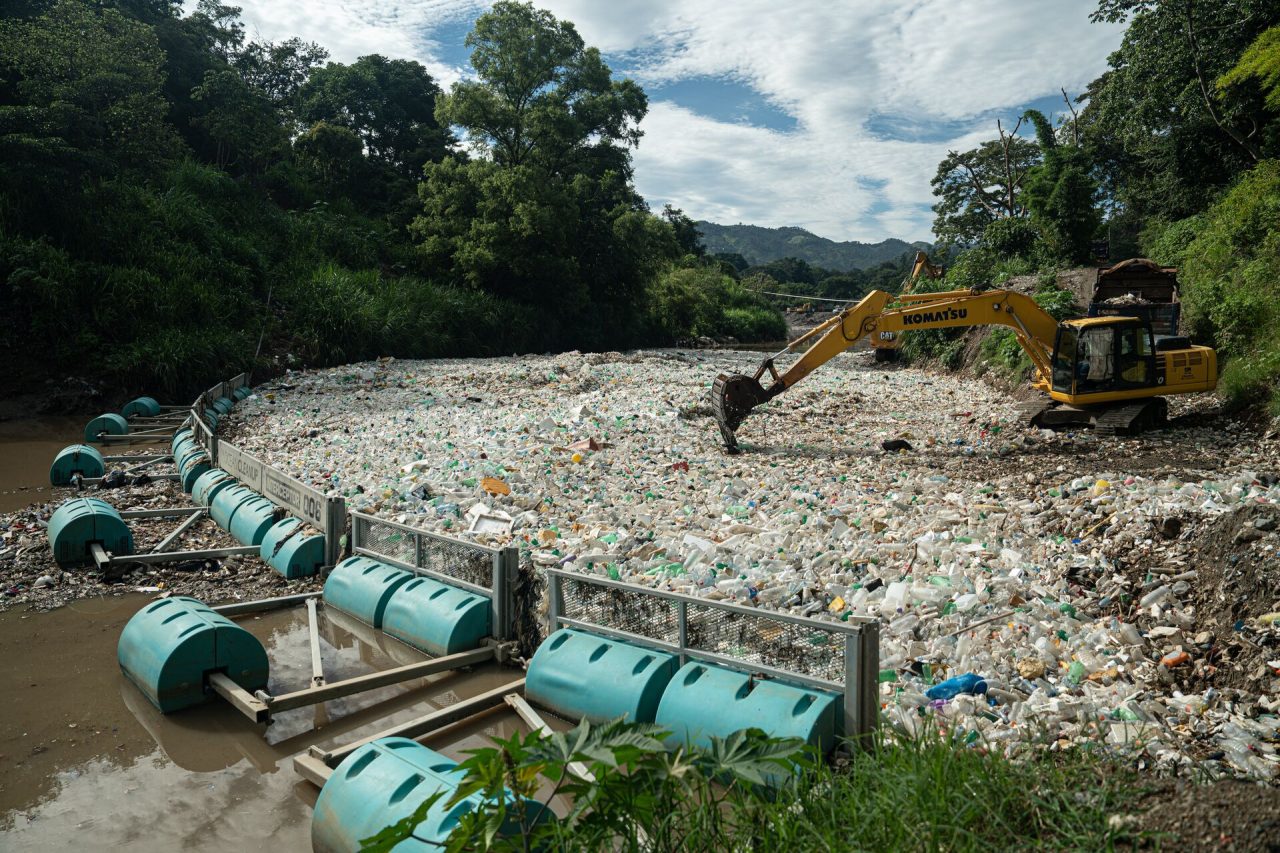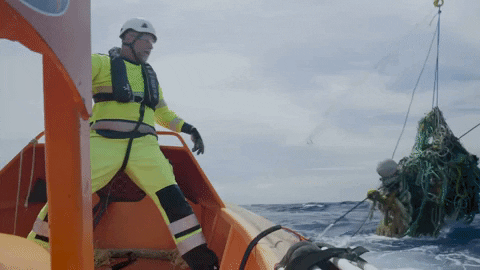Assessing Plastic Brittleness to Understand Secondary Microplastic Formation on Beaches: A Hotspot for Weathered Marine Plastics
June 2025, Article in a Peer-Reviewed Journal
Microplastics and Nanoplastics
Abstract
The degradation and fragmentation of plastic debris into secondary microplastics pose significant environmental challenges, particularly on beaches where mechanical abrasion and chemical weathering accelerate plastic fragmentation. This study contributes to the understanding of secondary microplastic formation by addressing key questions related to plastic embrittlement, mechanical behavior, and degradation processes. We investigate the brittleness of polyethylene (PE) and polypropylene (PP) particles collected from Hawaiian beaches, focusing on their mechanical and chemical degradation states. Conventional tensile testing methods are impractical for irregularly shaped, small field-recovered particles. Therefore, we used a simple fragmentation test to evaluate brittleness under fixed applied pressure, enabling large-scale statistical analysis of PE and PP samples from beach field surveys. We show that the brittle samples have a very low molecular weight (Mw). Such low Mw, coupled with the appearance of oxidation products, suggests an advanced degradation state of the sampled plastics. Through our fragmentation test, we provide a large-scale, field-based quantification of plastic brittleness in beach samples, underscoring an increased propensity for further fragmentation and highlighting the severity of coastal and ocean plastic pollution.

